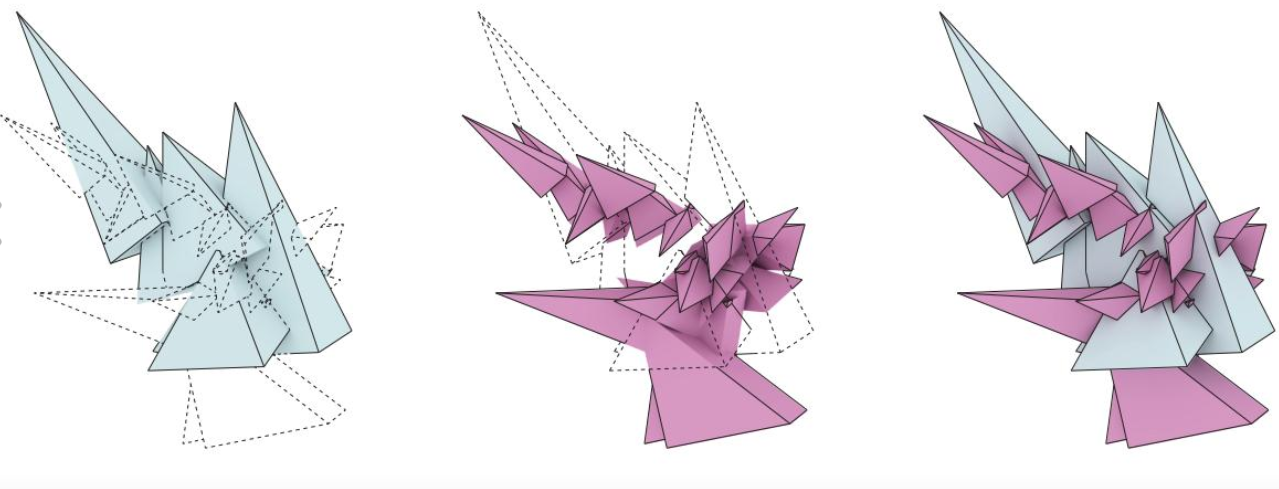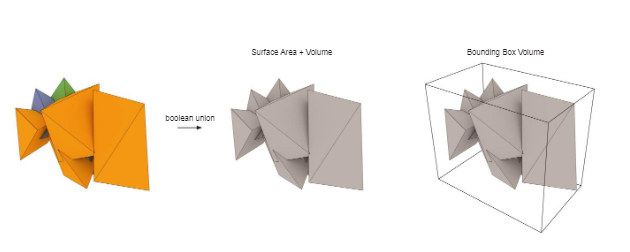The power of the human brain to perceive and understand everything around us is limited. However, these boundaries are being pushed continually, and our “perception bubble” is continuously extending its dimensions, as new developments unfold. Whatever lies outside this perception bubble, becomes complex.
The way things are perceived varies from individual to individual and hence the degree of complexity is different for everyone. Decoding this complexity either extends the boundaries of human perception or simplifies the complexity for human understanding. Systems that lie way outside this bubble, and that are hard to understand or decode are super-complex ones. Super-complexity can arguably be defined as systems—or wholes—that are comprised of multiple complex systems, which interact and operate at various scales. One could argue that every component is complex in itself if perceived at a micro-scale level.

Courtesy: Emergence- Complexity Control_AA-Em.Tech.2012 (Christopher Hill, Guy Austern, Lei Liu, Sushant Verma)
This is where human perception comes into play. It is about zooming in and zooming out to understand systems, categorizing them as simple, complex, or super-complex. The terms become perception-based. For example, in an urban scenario, if the system is studied in terms of multiple layers like people (agents), the infrastructure, and the built environment—and the interactions between these three aspects—,it can be defined as a complex system with emergent behavior.
In the same scenario, if the interactions between the individual agents in the city, between the sub-layers of infrastructure, and between the individual built components are taken into consideration, it can be perceived as a super-complex system, and the properties of emergent behavior change drastically.

Courtesy: Emergence- Complexity Control_AA-Em.Tech.2012 (Christopher Hill, Guy Austern, Lei Liu, Sushant Verma)
Life forms existing on the earth are super-complex for some, and complex for others. This essentially becomes an issue of boundaries of human perception. The task is to simplify the complexity (or super-complexity) and break it down into simple parts that lie within the bubble of human perception. This is one of the underlying principles of ‘emergence’ in architecture.
By Sushant Verma

